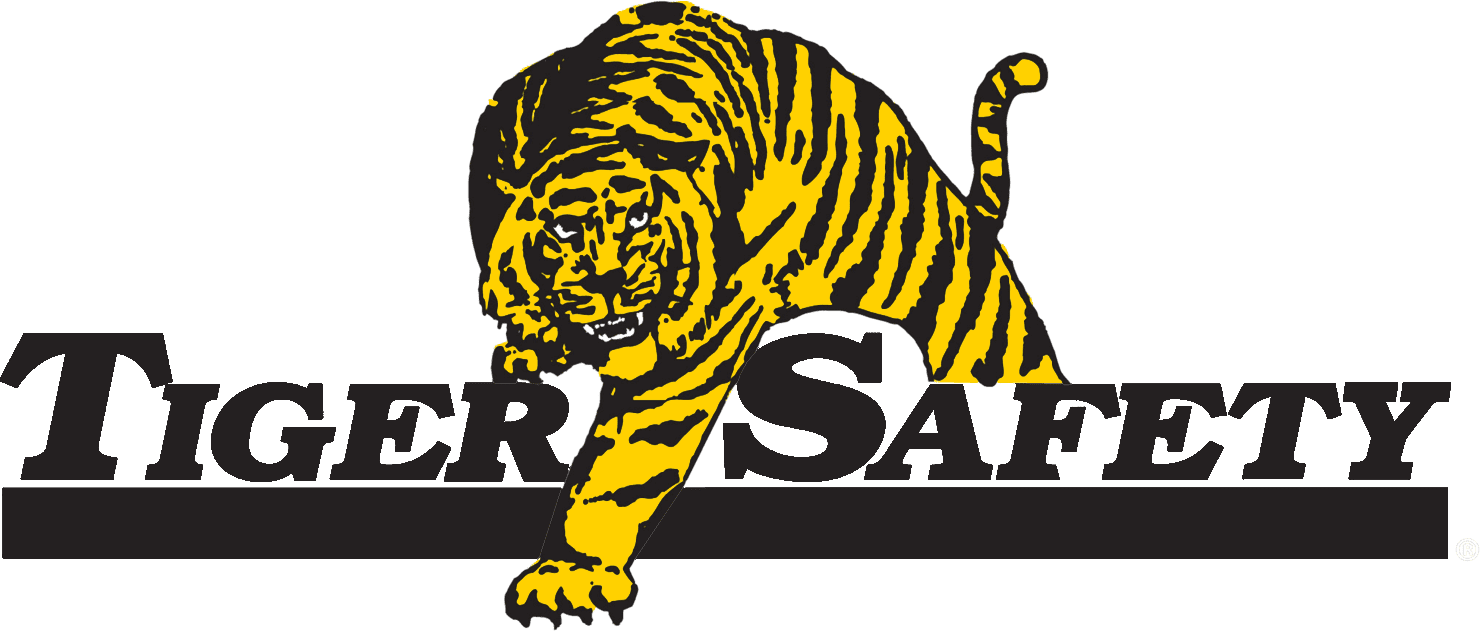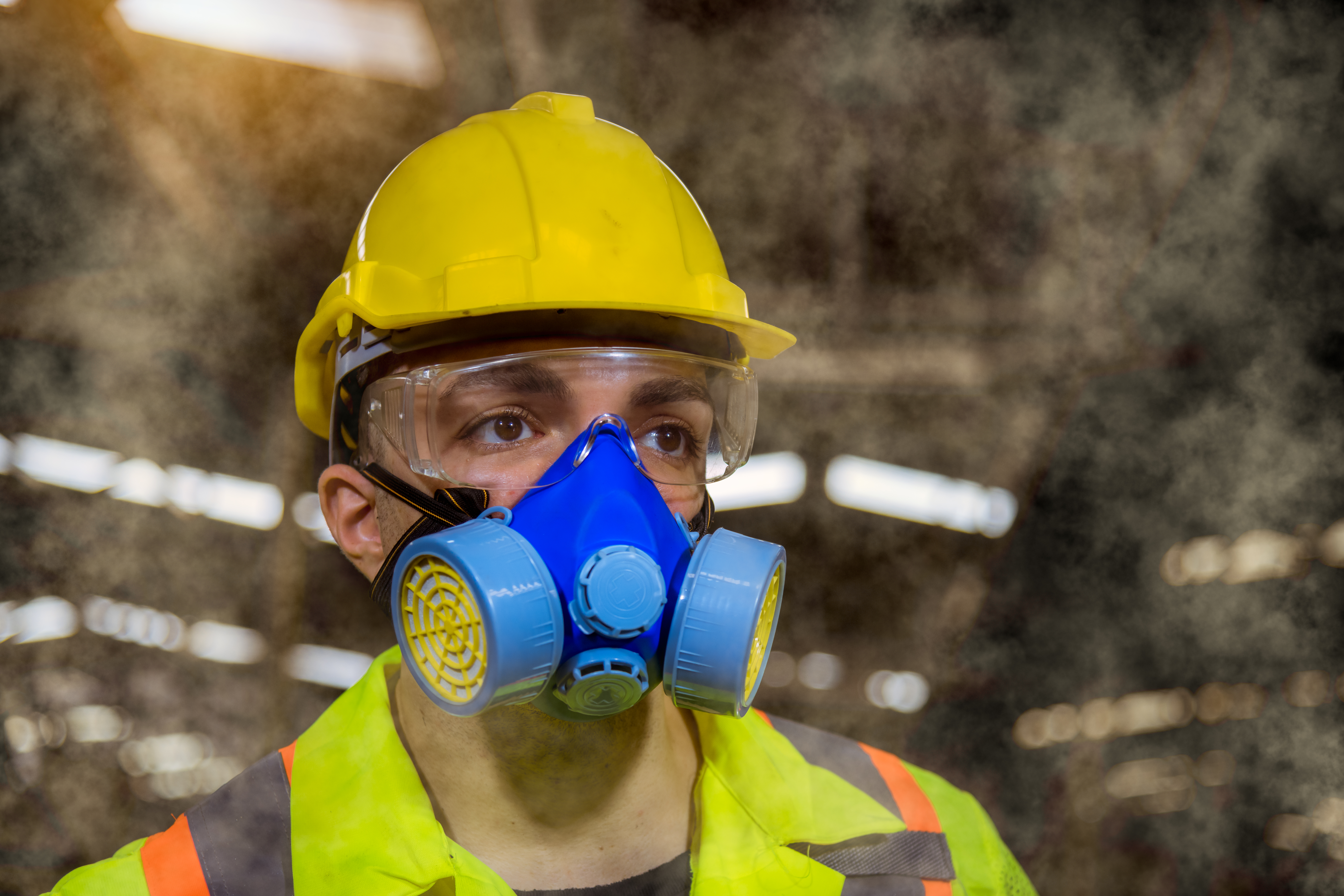Exposed to a wide array of airborne hazards, oil and gas workers face numerous health risks from breathing in toxic fumes, noxious gases, and particulate matter. From drilling operations to refining processes, ensuring the respiratory health of employees in these industries is paramount. As a provider of specialized safety services and equipment, Tiger Safety Rentals is committed to helping companies address these challenges through a robust respiratory protection program.
Respiratory protection equipment is an essential component of worker safety in the oil and gas industries. Employers must understand the potential hazards their employees face and select the appropriate protective gear to mitigate those risks. To ensure the effectiveness of respiratory protection programs, companies should adhere to regulatory requirements and industry best practices. Moreover, proper training and education play a crucial role in maintaining a healthy work environment for all team members.
Common Respiratory Hazards in the Oil and Gas Industry
1. Hydrogen Sulfide (H2S)
Hydrogen sulfide is a highly toxic and flammable gas commonly encountered during drilling and production activities. Exposure to H2S can lead to irritation of the eyes, nose, and throat, respiratory paralysis, and even death in high concentrations.
2. Volatile Organic Compounds (VOCs)
VOCs are emitted by a variety of chemicals used in oil and gas operations, such as solvents, degreasers, and fuel additives. These compounds can cause respiratory symptoms, headaches, dizziness, and long-term damage to the central nervous system, liver, and kidneys.
3. Particulate Matter (PM)
PM comprises microscopic solid particles and liquid droplets, including dust, smoke, and chemicals. PM is particularly hazardous in oil and gas worksites, as it is released during drilling, fracking, and production processes. Inhaling particulate matter can lead to respiratory irritation, pulmonary disease, and lung cancer.
4. Silica Dust
During hydraulic fracturing operations, large quantities of silica sand are used, generating respirable crystalline silica dust. Long-term exposure to silica dust can cause silicosis, a progressive, irreversible lung disease.
Respiratory Protection Equipment Options
1. Disposable Dust Masks
Disposable dust masks offer basic protection against non-toxic nuisance dust and particulate matter. These masks can limit exposure to low levels of PM but are not suitable for protection against hazardous gases and vapors.
2. Half-Mask Respirators
Half-mask respirators cover the nose and mouth, providing protection from moderate levels of particulate matter, gases, and vapors. These respirators use replaceable cartridges and filters, which can be customized for specific hazards.
3. Full-Face Respirators
Full-face respirators provide protection for the eyes, nose, and mouth, shielding workers from high levels of harmful airborne contaminants. Like half-mask respirators, full-face respirators utilize various interchangeable cartridges and filters to accommodate different hazards.
4. Powered Air-Purifying Respirators (PAPRs)
PAPRs deliver clean, filtered air to the wearer via a battery-powered fan. These respirators provide a higher degree of protection and comfort, making them suitable for situations with elevated or unknown levels of airborne contaminants.
Establishing a Respiratory Protection Program
To provide an effective respiratory protection program, employers should consider the following steps:
1. Identify Respiratory Hazards
Conduct a thorough assessment of the work environment to identify sources of airborne contaminants and evaluate their potential impact on worker health.
2. Determine Protection Needs
Based on the assessment, select the appropriate respiratory protection equipment to safeguard employees from the identified hazards. Employers should consult regulations, such as those set by the Occupational Safety and Health Administration (OSHA), to ensure compliance.
3. Train Employees
Educate employees on the hazards they may face, the proper use, and maintenance of respiratory protection equipment, and the importance of adhering to safety procedures.
4. Inspect and Maintain Equipment
Regularly inspect and maintain respiratory protection equipment to guarantee its performance and prolong service life. Replace worn or damaged components promptly to avoid compromising worker safety.
Conclusion
Respiratory protection plays a critical role in maintaining a safe and healthy work environment for oil and gas employees. By recognizing the airborne hazards prevalent in the industry, selecting suitable protection equipment, and implementing a comprehensive respiratory protection program, employers can mitigate the risks associated with these contaminants.
Tiger Safety Rentals is dedicated to providing specialized safety equipment solutions, including respiratory protection equipment, to help your oil and gas company keep its workforce safe and healthy. Contact us today to learn more about our services and how we can support your safety objectives.

